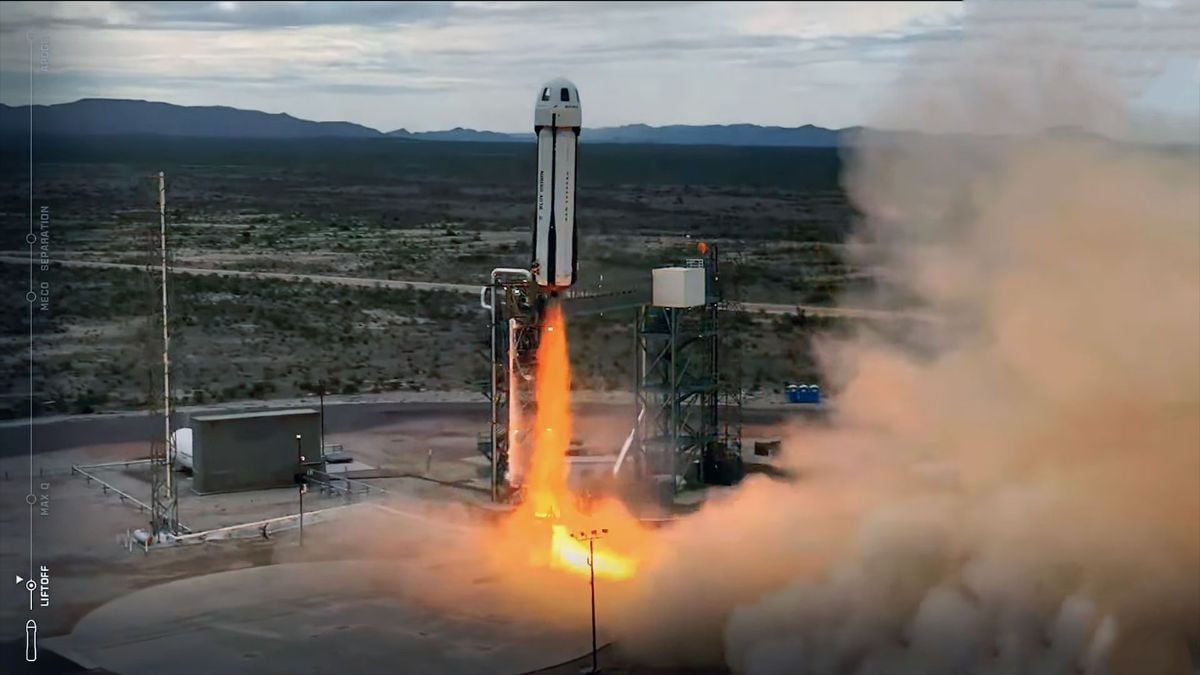On September 18, 2025, Blue Origin successfully launched its NS-35 mission running on Launch Site One in West Texas, and deploying over 40 scientific and educational payloads into suborbital space. The flight was uncrewed, which utilized RSS H.G. Wells capsule, and it flew beyond the 100-kilometer Kármán Line and landed safely onto the earth. This 35th New Shepard mission underscores the increasing involvement of the company in the reusable spaceflight and its desire to develop more research opportunity and student involvement in micro-gravity experiments.
Scientific Payloads & Educational Outreach
According to official website, NS-35's manifest included a wide range of experiments designed to take advantage of several minutes of microgravity. Research teams tested material durability, imaging systems, and biological processes under weightless conditions—studies that can inform spacecraft design, medical science, and future exploration. Notably, the flight carried 24 student experiments through NASA's TechRise Student Challenge, giving school teams a rare chance to conduct space-based investigations. Alongside these were thousands of postcards flown for Blue Origin's Club for the Future, intended to inspire younger generations.
Technical Flight Profile & Significance
The New Shepard system was not only reusable, but the booster landed under a powered descent and vertical landing some 2 miles downrange some 7.5 minutes after lift off, with the capsule landing under parachutes some 10 minutes after launch. The mission was flying above Karmen Line (100 km altitude) which is the commonly recognized limit of space. NS-35 was also the last flight of the RSS H.G. Wells capsule in regular payload-carrying configuration; the capsule will now be used as a display item following its use to support non-flight test operations.

Comments
Post a Comment